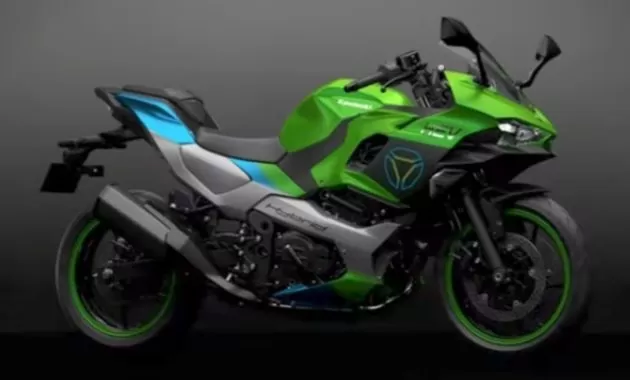Multymeter.com-Technology: Kawasaki is one of the world’s leading motorbike manufacturers. In 2023, Kawasaki launched its first two electric motorbikes, the Ninja e-1 and Z e-1. Both motorbikes are designed to be a greener and more affordable alternative to petrol-powered motorbikes.
The Ninja E-1, with a design reminiscent of the Kawasaki Ninja 250, offers an entry-level electric motorbike with a 125 cc engine in Europe.
Ninja e-1 Specifications
- Electric motor: 6 kW, 29 Nm torque
- Top speed: 62 mph (100 km/h)
- Mileage: 100 miles (160 km)
- Price: $7,599
Z e-1 Specifications
- Electric motor: 6 kW, torque 29 Nm (29 Nm)
- Top speed: 62 mph (100 km/h)
- Mileage: 100 miles (160 km)
- Price: $7,299
Although it has a maximum power output of 6.7 hp or the equivalent of 6 kW, to increase performance there is an e-Boost function that can boost power to 9 kW or the equivalent of 12 hp.
Both bikes are similar in design to their respective petrol models, namely the Ninja 400 and Z400. However, there are some important differences, such as lighter and more efficient electric motors.
The advantages of Kawasaki electric motorbikes
- Environmentally friendly
- Cheaper to operate
- Faster to charge
- Easier to maintain
Disadvantages of Kawasaki electric motorbikes
Travel distance is still limited
Prices are still relatively expensive.
Overall, Kawasaki electric motorbikes are an attractive option for riders looking for a greener and more affordable alternative to petrol-powered motorbikes. With lower operating and maintenance costs, Kawasaki electric motorbikes can be a profitable long-term investment.***
Source:Bard Google




